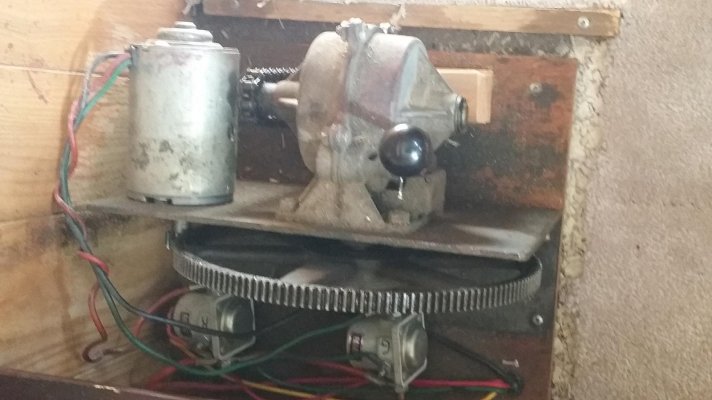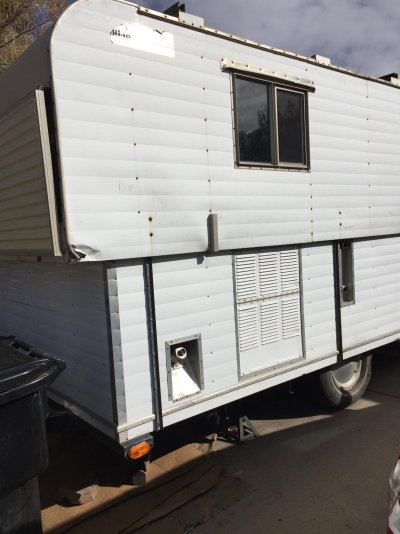Hi Everyone,
I bought a 1967 Hi lo Voyager. It has both hand crank and a chain lift mechanism.
Here's I a picture of the lift mechanism. Can anyone tell me more about it. Was told by the seller, to hook up electrical to my car, it would use my car battery for power, and would lift up the camper when I press the toggle switch. Not working.
Thanks for your help.
Donna
I bought a 1967 Hi lo Voyager. It has both hand crank and a chain lift mechanism.
Here's I a picture of the lift mechanism. Can anyone tell me more about it. Was told by the seller, to hook up electrical to my car, it would use my car battery for power, and would lift up the camper when I press the toggle switch. Not working.
Thanks for your help.
Donna



